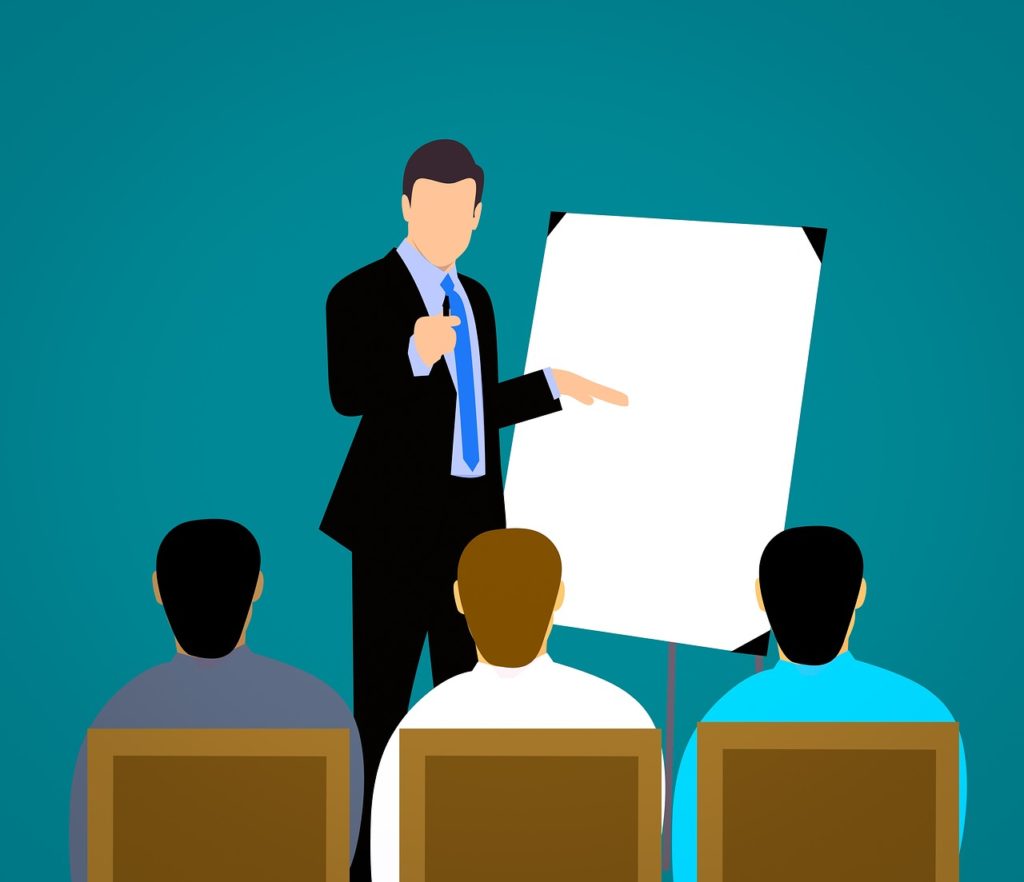The coaching cycle is a remarkable way to help teachers and coaches improve at their jobs.
As an established life coach, I have seen the tremendous results that occur when teachers, coaches and managers train using the coaching cycle.
That’s why I’m so keen to explain how this practice works.
In the guide below, you’ll learn what the coaching cycle is, how to set it up effectively and how to make the most of this process.
What Is The Coaching Cycle Model?
The coaching cycle is a structured plan to help teachers and coaches learn and improve. The end result is that their coaching becomes more impactful and their student learning increases at a rapid pace.
The perfect coaching cycle has six phases, which I will share below.

Phases Of The Coaching Cycle
- Set standards-based goals. These goals are designed for the students. What does the teacher want their students to achieve? Students need a goal to see their own progress. Growth cannot be measured without goal-setting.
- Develop targets. A target is an achievement that the student is challenged to reach in order to prove a specific level of progress towards their goals. It is the role of the coach to develop clear targets that aren’t too easy or too difficult to meet.
- Pre-assess. The coach must establish their student’s current level of proficiency through a quick pre-assessment. This process will help them set reasonable goals that students are able to meet.
- Co-plan. In pairs or a small group, teachers should create lesson plan(s) that ensure a smooth co-teaching process in the next step. This step encourages teachers to learn from each other’s teaching styles.
- Co-teaching. Following the lesson plan developed in the previous step, teachers will deliver their lessons to the students together. This team approach allows teachers to give and receive feedback on each other’s performance. The co-teaching process can be adapted as necessary, based on how students respond to the lesson.
- Post-assess. After the co-teaching process, the group should meet to assess the student’s progress. The next step will be to spend time setting new standard-based goals (step 1) based on the student’s new level of efficiency.
It is recommended for it to take between 4-6 weeks to complete a coaching cycle.
The co-planning and co-teaching steps will take up the majority of this time. It is widely recommended to include one weekly co-planning session and between one and three weekly co-teaching sessions in one cycle. This gives those involved enough data to spot potential improvements in their students and in their own coaching abilities.
How Do You Start A Coaching Cycle?
It is possible to complete coaching cycles alone.
However, in order to be truly effective, a coaching cycle will need multiple teachers to support each other and offer feedback. The co-planning and co-teaching steps are essential to helping teachers and coaches identify their strengths and weaknesses, after all.
In schools and businesses, there will be a headteacher or a team manager to help organise teams. Perhaps you are the team leader planning to make themselves responsible for this.
Self-employed coaches, teachers or tutors may choose to start coaching cycles with their peers.
Accredited life coaches will regularly engage in monitored coaching as part of their training, and the coaching cycle may well be used here.
Accredited coaches will also need to continue monitored coaching after they have received their qualification (if they are planning to renew or upgrade it, anyway). So, there may well be opportunities to make use of a coaching cycle here too.
A great coach understands that professional learning should never end, so they should strive to find a way to seek support from their peers and move forward in their career.
How Do You Develop A Student-Centered Approach To Coaching?
A student-centered approach is essential to help teachers and coaches make the biggest impact on student learning.
This is why it’s key to set goals and identify targets that focus on the student’s needs and their curriculum. Teachers and coaches should use student data – either formal or informal – to establish these goals and targets.
Adapting the lessons based on the student’s reactions is also key.
Coaching Cycle Goals
The main goals of the coaching cycle is to help teachers and coaches – and therefore their students – to improve in the quickest amount of time.
It has been proven to be an effective method of encouraging improved student results and rapid professional development within teachers.
What Is The Leadership Coaching Cycle?
Coaching cycles are not just limited to the classroom.
Business or team leaders can also use this cycle as a way of improving how their team support those below them in the corporate ladder.
A leadership coaching cycle may well be used to improve day-to-day people management skills in the workplace, job interview skills, employee reviews etc.
In fact, It could actually be used to improve a manager’s leadership skills within any corporate meetings, events or team-based tasks.
The steps required to complete the cycle would remain the same in any case.
Coaching Cycle Template
You can click here to download a printable template of the coaching cycle.
The fantastic video below also includes a clear and in-depth explanation of how the coaching process should work.
What Is A Cognitive Coaching Process?
Cognitive Coaching is a practice which helps teachers explore the reasons why they adopt certain strategies.
The coach will ask questions that encourage teachers to articulate this.
In many cases, it may become clear to teachers that they do not know why they do certain things. This reflection creates opportunities for them to see where and how they can develop new and improved teaching strategies moving forward.
Cognitive coaching is often used in therapy and life coaching, but it’s just as powerful when being used to encourage professional development.
It takes a great deal of research, focus and practice to administer this form of coaching effectively. The coach will need to monitor, analyse and evaluate before the questioning begins. These three steps are sometimes referred to as the ‘cognitive coaching cycle’.
Still, the ultimate goal is to help the teacher monitor, analyse and evaluate themselves. A clear benefit for the teacher, their employers and their students in the long run.

Any questions about the coaching cycle process?
I hope you appreciated this complete guide on coaching cycles – and that it helps you implement them to move forward, increase your student’s education and reach new levels of understanding as a professional coach.
If you would like to know more about coaching cycles, you can ask me a question by leaving a comment below.
I do my best to respond to comments as soon as I see a new one.
It would be great to hear from you.
Related Posts
Online Life Coach: The Complete Guide
Career Coach Online: Top 27 Coaches, FAQ, Certifications – Everything You Need to Know
Online Life Coach Salary – A Comprehensive Guide
